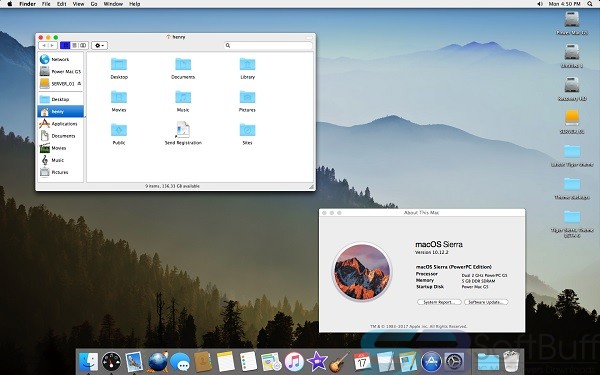
- #GIMP 2.8 SAVE FOR WEB MAC .EXE#
- #GIMP 2.8 SAVE FOR WEB MAC INSTALL#
- #GIMP 2.8 SAVE FOR WEB MAC ARCHIVE#
The application subsequently formed part of the GNU software collection. In the following year, Kimball and Mattis met with Richard Stallman of the GNU Project while he visited UC Berkeley and asked if they could change General in the application's name to GNU (the name of the operating system created by Stallman), and Stallman approved. The community began developing tutorials, artwork and shared better work-flows and techniques. The editor was quickly adopted and a community of contributors formed. In 1996 was the initial public release of GIMP (0.54). The acronym was coined first, with the letter G being added to -IMP as a reference to "the gimp" in the scene from the 1994 Pulp Fiction film. In 1995, Spencer Kimball and Peter Mattis began developing GIMP – originally named General Image Manipulation Program – as a semester-long project at the University of California, Berkeley for the eXperimental Computing Facility. GIMP is released under GPL-3.0-or-later license and is available for Linux, macOS, and Microsoft Windows. GIMP ( / ɡ ɪ m p/ GHIMP GNU Image Manipulation Program) is a free and open-source raster graphics editor used for image manipulation (retouching) and image editing, free-form drawing, transcoding between different image file formats, and more specialized tasks. After that the installation steps went without no further errors.Amharic, Arabic, Asturian, Azerbaijani, Basque, Belarusian, Bosnian, Brazilian Portuguese, Breton, British English, Bulgarian, Burmese, Canadian English, Catalan (Valencian), Catalan, Chinese (China), Chinese (Hong Kong), Chinese (Taiwan), Croatian, Czech, Danish, Dutch, Dzongkha, Esperanto, Estonian, Finnish, French, Galician, Georgian, German, Greek, Gujarati, Hebrew, Hindi, Hungarian, Icelandic, Indonesian, Irish, Italian, Japanese, Kannada, Kashubian, Kazakh, Khmer, Kinyarwanda, Kirghiz, Korean, Latvian, Lithuanian, Low German, Macedonian, Malay, Malayalam, Nepali, Norwegian Bokmål, Norwegian Nynorsk, Occitan, Persian, Polish, Portuguese, Punjabi, Romanian, Russian, Scottish Gaelic, Serbian, Serbian latin, Sinhala, Slovak, Slovenian, Spanish, Swedish, Tamil, Tatar, Telugu, Thai, Turkish, Ukrainian, Vietnamese, Xhosa, Yiddish In my case it also needed the package intltool.
#GIMP 2.8 SAVE FOR WEB MAC INSTALL#
Actually you need the gimp2.0-dev package installed: sudo apt-get install gimp2.0-dev intltool This looks like Gimp could not be found, but thats not true. The configure script exited with an error message: configure: error: Package requirements (gimp-2.0 >= 2.3.0 gimpui-2.0 >= 2.3.0) were not met: However there where a few problems with that.
#GIMP 2.8 SAVE FOR WEB MAC ARCHIVE#
Installation on LinuxĪfter extraction of the archive on Linux the installation is done in three simple steps.
#GIMP 2.8 SAVE FOR WEB MAC .EXE#
exe file of the plugin into the plugin directory of Gimp: c:\Users\username.gimp-2.8\plug-ins. The plugin offers the same functions as the Photoshop one:

You can download it here.Īfter installation the plugin becomes available in the file menu.

But there is a plugin that implements the feature. In Gimp there is no such feature by default yet. You can basically choose file format, compression, number of colors and see the results of the optimization in a preview image.

Its a nice tool to optimize your image for the web. One of my favorite features of Photoshop if the feature "Save for web". Note: German versions of this article can be found here and here.


 0 kommentar(er)
0 kommentar(er)
